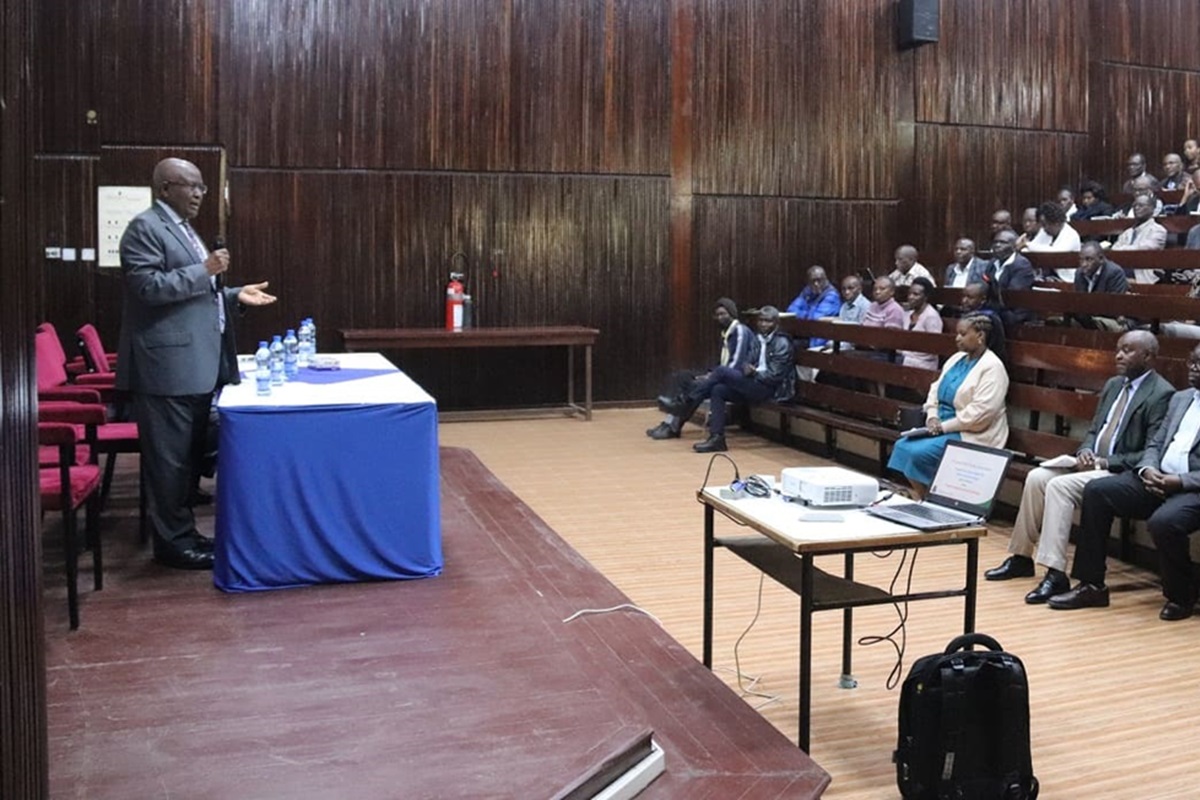Balancing life as a postgraduate student is a challenge
I am working on clean potato seed production under the Community Action Research Project (CARP) under the supervision of Professor Anthony Kibe, the principal investigator. My research project thus involves different activities – including planning, land preparation, acquisition of inputs and management of harvest to post-harvest handling.
The other activities include seed multiplication at the greenhouse level using technologies such as hydroponics and aeroponics. We also use in vitro techniques to multiply seeds in the laboratory.
The other major undertaking is putting up modern storage structures and, here, I am involved in all aspects, from costing to planning and actual construction. Most important, however, is training farmers to follow good agricultural practices. This happens at the university farm or through farm visits since the university is in an agriculturally endowed area.
DLS a simple, effective technique
One of the things we are introducing and teaching farmers about is the diffuse light store (DLS) concept involving low-cost storage technology. It is simple and involves storing seed potatoes in layers of trays or shelves in natural indirect light, ensuring adequate ventilation.
It is easy to construct a DLS with locally available materials like wood, mud and plastics. The reason for storing seed potato in a DLS include encouraging stronger, coloured and firm sprouts of potato tuber, avoiding weight loss and quality loss of the seed potato, and allowing time for lot inspection and labelling into classes.
There are three main basic elements in the DLK: light, ventilation, and protection. The light should be indirect, but sufficient to ensure short, firm and coloured sprouts. Long, white sprouts cause easy and fast shrinkage of the tuber. In DLS, tubers are arranged in layers of up to about 7.5cm to ensure that each tuber receives sufficient diffused light.
Ventilation is the most important factor in the store to ensure efficient and sufficient airflow to maintain the temperature and relative humidity for the tubers to breathe and respire. A lot of heat encourages weak sprouts. To manage ventilation or temperature regulation, the walls are spaced at least 7.5cm apart to allow air circulation.







